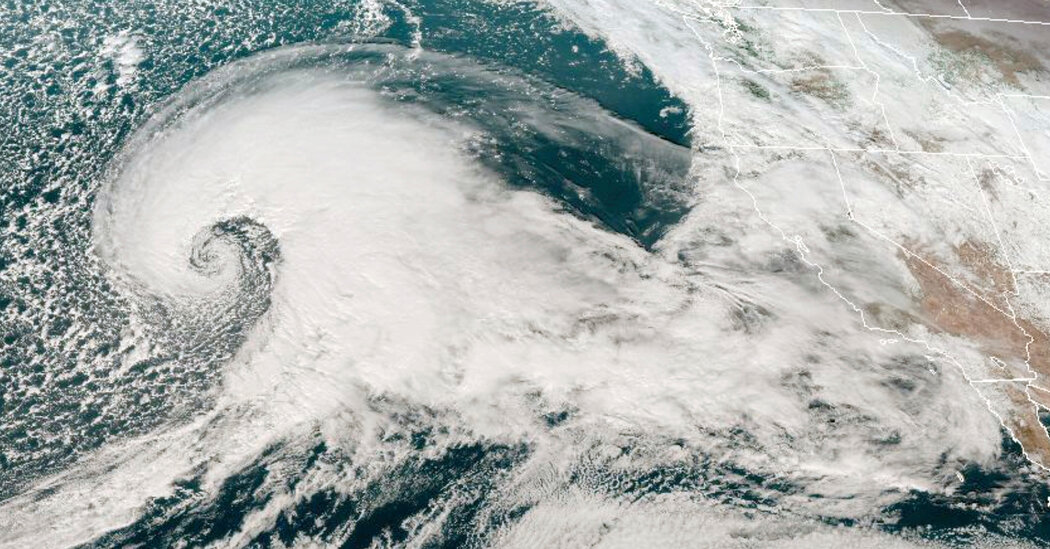Many of the latest buzzwords in weather forecasting – “polar vortex”, “bomb cyclone” – describe natural phenomena that are not new, and not even necessarily more common than before, even though climate change in general has led to more extreme weather events. But the terminology is in wider circulation, sometimes accurate, sometimes less so.
Polar vortex
According to the National Weather Service, a polar vortex is “a large area of low pressure and cold air that surrounds both poles of the Earth. It ALWAYS exists near the poles, but weakens in the summer and gets stronger in the winter. The term “vortex” refers to the counterclockwise airflow that helps keep the colder air near the poles.” The polar vortex expands fairly regularly during the Northern Hemisphere winter, carrying Arctic air toward the United States.
Bomb Cyclone
A bomb cyclone is a rapid drop in pressure in a low-pressure air mass — “by at least 24 millibars in 24 hours,” said John Gyakum, a meteorologist at McGill University who helped coin the term in the 1980s. As the pressure difference or gradient between the low pressure air mass and the neighboring higher pressure air mass increases, the winds increase sharply. This process of rapid intensification is known as bombogenesis.
Atmospheric river
Atmospheric rivers “are narrow regions of the atmosphere that carry much of the moisture from the tropics to northern latitudes,” according to the National Oceanic and Atmospheric Administration, or NOAA. “Atmospheric rivers are part of the Earth’s ocean water cycle and are intimately linked to both water supply and flood risk.”
Some atmospheric rivers can lead to dangerous weather conditions, but many others cannot, said Dr. Gyakum, adding: “A lot of these cases can just move around and swing around the world and not do much at all.”
Pineapple Express
A semi-famous example of a strong atmospheric river is the Pineapple Express, supposedly “because moisture accumulates in the tropical Pacific Ocean around Hawaii and can flood the west coast of the U.S. and Canada with heavy rain and snow,” according to NOAA.
(In 2008, Seth Rogen starred in a comedy movie called “Pineapple Express,” in which a drug dealer witnesses a murder and goes on the run from a hit man and a corrupt cop, but it hasn’t made a noticeable impact on the weather.)
ArkStorm
A “‘megastorm’ scenario” originally planned to occur once every 1,000 years, according to the United States Geological Survey, but is now “expected to become more frequent and intense due to climate change”. The name comes from combining “AR” (atmospheric river) and “k” (for 1,000). One of those megastorms occurred in California in 1861-62, “and there is no reason to believe that similar events will not occur again,” the agency said.

